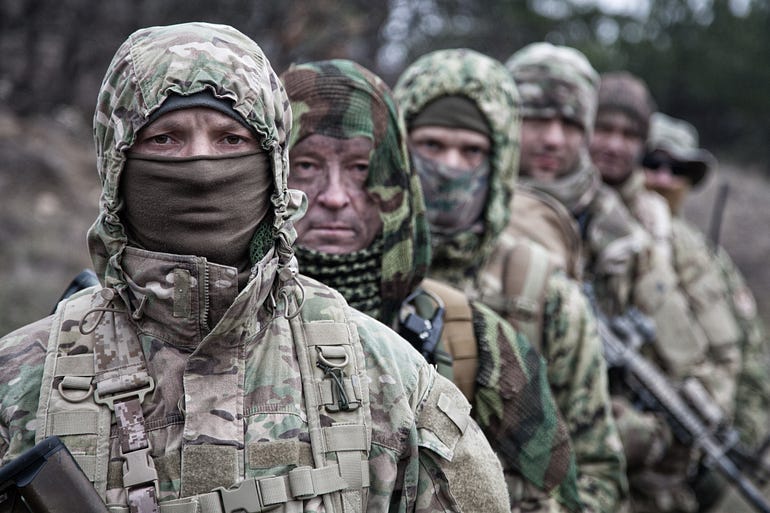How Kyiv Re-Built an Army the Soviets Couldn’t Imagine
Moving away from Russian warfighting doctrine
Valerii Zaluzhnyi, Commander-in-Chief of the Armed Forces of Ukraine from 2021 to 2024, recently wrote a great op-ed for Militarnyi where he discussed command and control in the new Ukrainian armed forces.
His overall thesis is an exploration of how Ukraine fights modern wars. But I think it’s worth a deeper loo…




